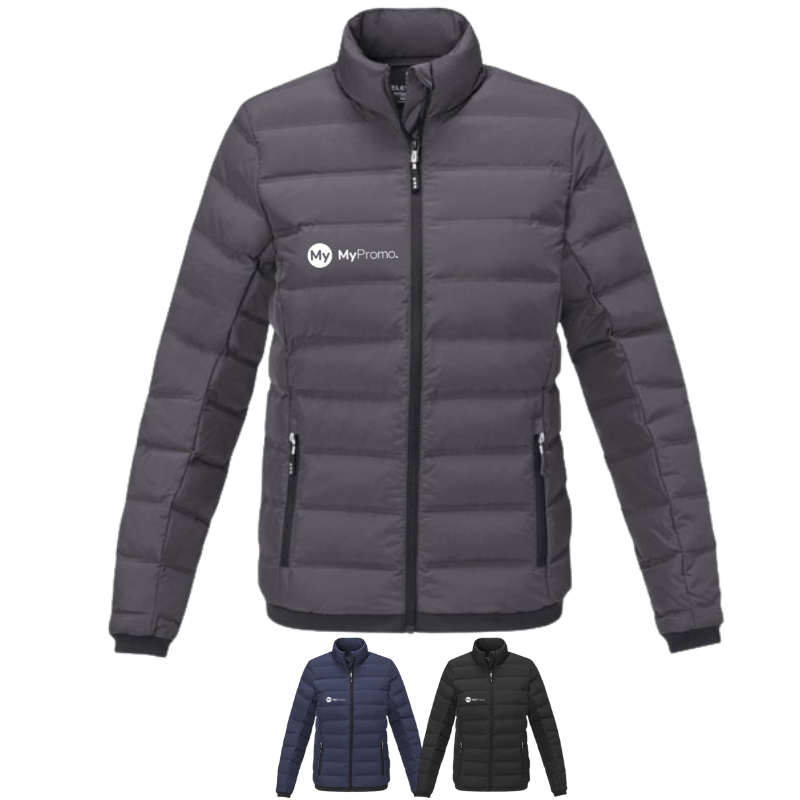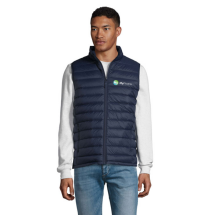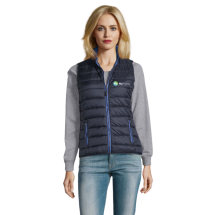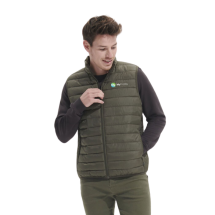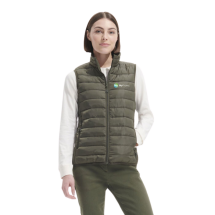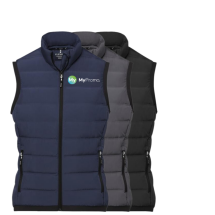Down
What is Down?
Down refers to the fine layer of feathers found beneath the tougher outer feathers of birds such as ducks and geese. Its main role historically and today lies in its use as an insulator, providing warmth and comfort. Traditionally valued in colder climates, down is sourced primarily during the natural molting process of birds or as a byproduct of the poultry food industry. Once collected, the feathers are cleaned, sterilised to remove allergens, and then graded by fill power, a crucial measure indicating the loft and insulating properties of the down.Exploring the Properties and Benefits of Down
Down is distinguished by several key characteristics: it offers exceptional insulation, remains incredibly lightweight, and is highly compressible, allowing for easy packing without losing its insulating capabilities. Furthermore, down products are noted for their durability, often lasting many years with proper care.
From Apparel to Promotional Comfort: Down in Use
The inherent qualities of down make it ideal for manufacturing a variety of products. It is most commonly found in outdoor and luxury apparel—think down jackets and high-end comforters—as well as in personalised sleeping bags where warmth-to-weight ratio is vital. For promotional products, down is often used in customised apparel such as personalised jackets or vests. These items not only serve as practical, desirable gifts but also enhance brand perception through association with quality and luxury.
Comparing Down with Synthetic Materials
While down provides unmatched warmth and lightness, it can underperform in wet conditions compared to synthetic insulators like polyester, which maintain insulating properties even when damp. However, advancements such as water-resistant treatments have improved down's performance, maintaining its place as a preferred material in many applications.
Addressing the Challenges of Using Down
The use of down does raise concerns, particularly regarding the ethical treatment of birds. The industry has responded with standards and certifications to ensure responsible sourcing. Nonetheless, challenges remain in balancing performance, ethics, and cost, especially when compared to synthetic alternatives that mimic down's properties without ethical complications.
By understanding these aspects, manufacturers and consumers can make informed choices about using down, ensuring that products not only meet high performance standards but also align with ethical considerations.
| Product Type | Primary Benefit | Common Use Cases |
|---|---|---|
| Apparel (Jackets, Vests) | Warmth-to-weight ratio | Outdoor activities, luxury fashion |
| Bedding (Comforters) | Maximum warmth and comfort | Home use in colder climates |
| Sleeping Bags | Lightweight, easy to pack | Camping, hiking where warmth is critical |
| Promotional Apparel | Enhances brand perception | Customised corporate gifts |
What is down?
Down refers to the soft, fine feathers located beneath the tougher exterior feathers of birds such as ducks and geese. It is highly valued for its exceptional insulating properties.
How is down sourced?
Down is primarily sourced during the natural molting process of birds or as a byproduct of the poultry industry. The feathers are collected, cleaned, and then processed to ensure they are hypoallergenic and ready for use in various products.
What are the main benefits of using down in products?
Down is renowned for its excellent insulation, being incredibly lightweight, and highly compressible, which allows for easy packing and storage without losing its insulating effectiveness. It also offers superior durability, often lasting for many years with proper care.
Can down be washed or does it require special care?
Down products can be washed, but it requires careful handling to maintain their loft and insulating properties. It’s recommended to use a mild detergent and tumble dry on a low setting with tennis balls to help fluff the down back up.
How does down compare to synthetic fill materials?
Down generally provides better insulation than synthetic fills and is more compressible, which makes it ideal for lightweight camping gear and winter clothing. However, synthetic fills perform better in wet conditions and are usually less expensive and easier to maintain.

